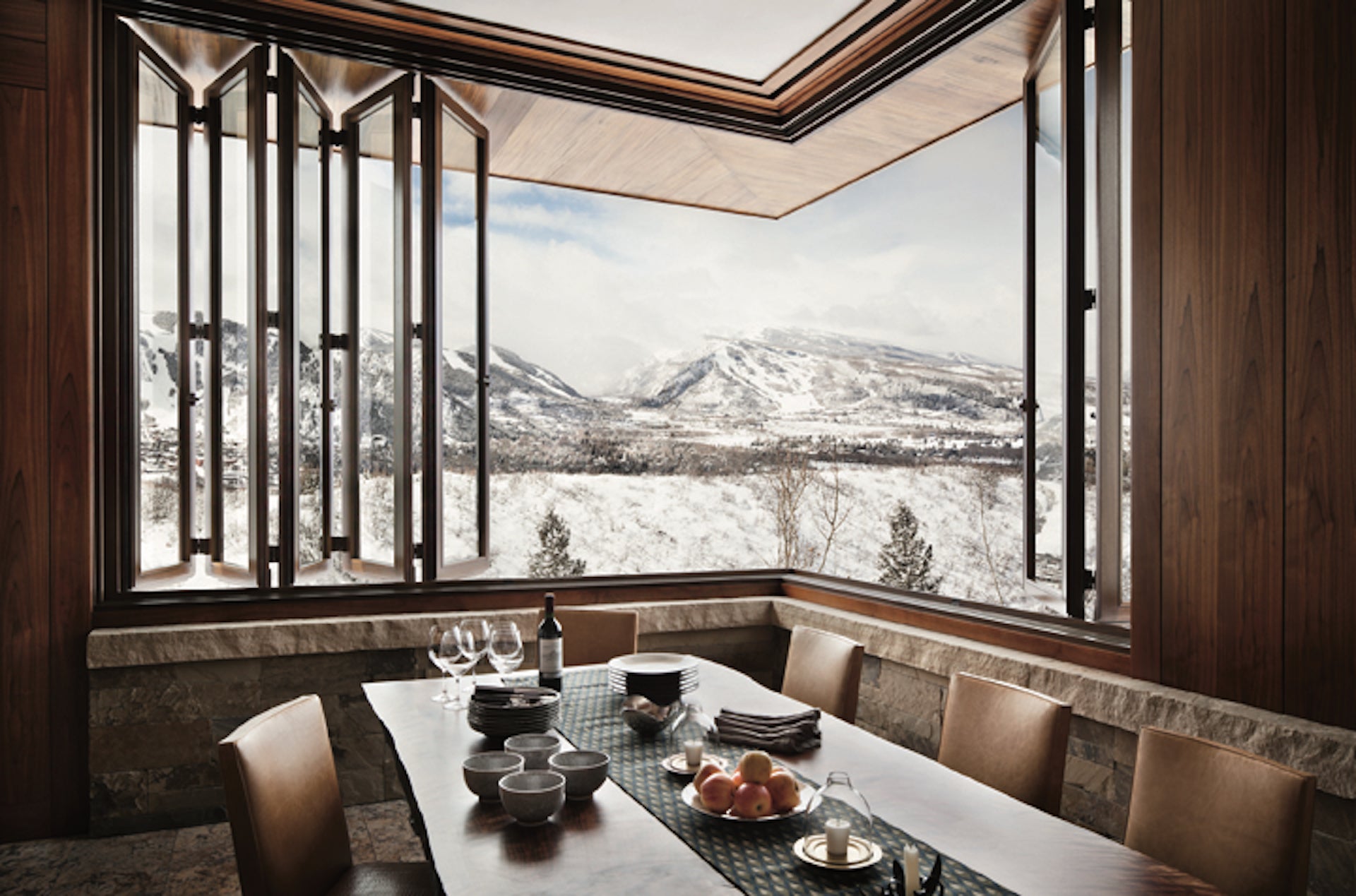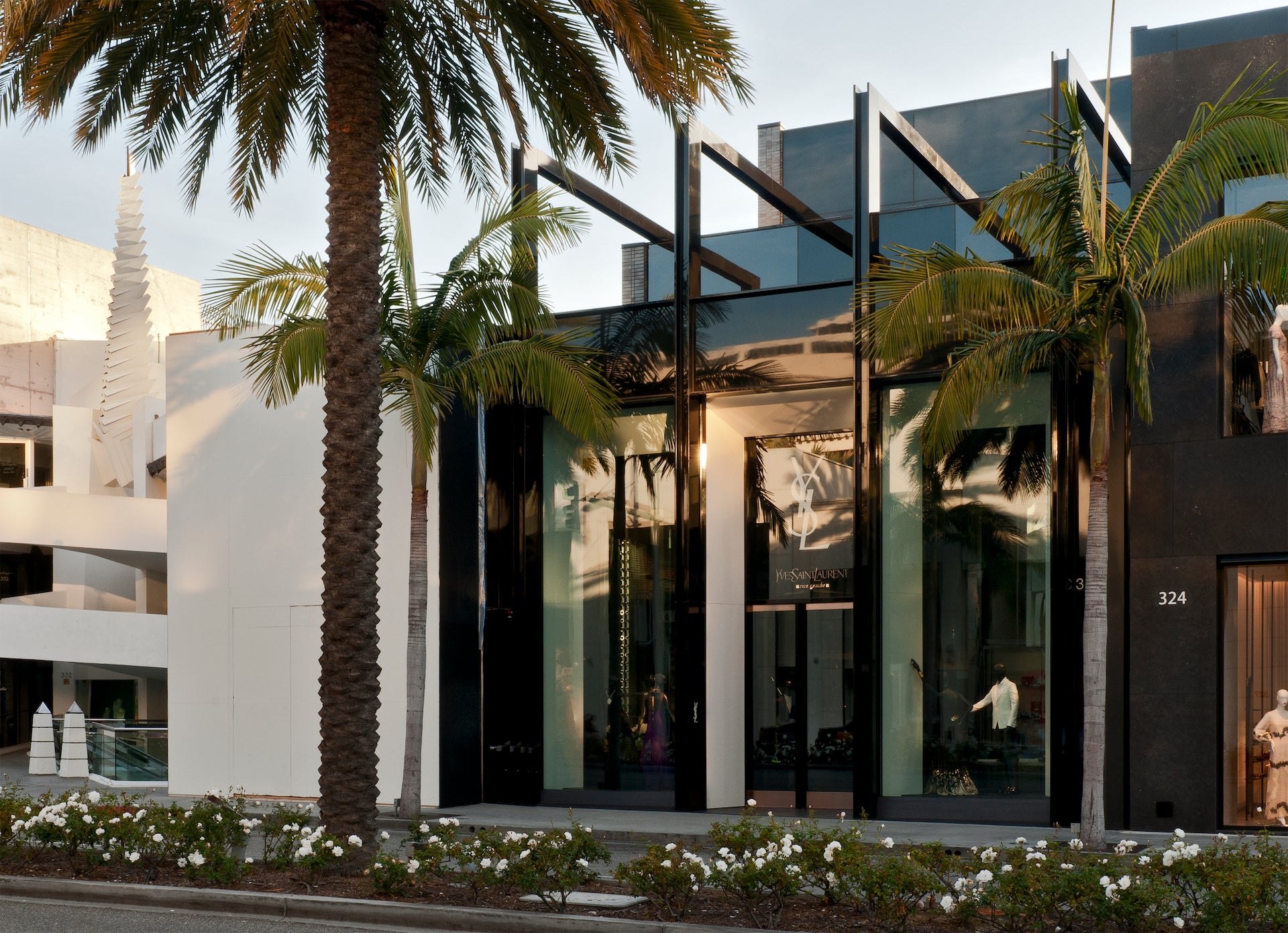Design Legends
William Sofield
Each week, design doyenne Daniella Ohad talks with an industry-defining legend of interior design
This fall, Daniella Ohad hosts Interior Design: The Legends, a weekly virtual program presented in partnership with AIA New York and ASID New York, comprising one-on-one interviews with the world’s leading, most admired interior designers. For the Design Miami/ Forum, Ohad recaps the highlights from each conversation.

“Bill Sofield possesses that rarest of qualities for any designer: a profoundly original, sui generis point of view. He orchestrates unexpected materials, eccentric details, and arcane historical references into compositions that radiate an almost alien kind of beauty, uniquely his own. He understands the difference between superficial glamour—Hollywood glamour, glitzy glamour—and serious glamour that enchants, transports, and inspires. His work is magic.” —Mayer Rus, design editor
“Bill Sofield is an incredible thinker and creator. I have always admired his passion for the history of architecture, design and historic preservation. His attention to detail and craftsmanship is unparalleled. He also has great style and humor and is the best of friends.” —Cristina Grajales, connoisseur
These words from both Rus and Grajales truly capture the essence of William Sofield, my guest on last week’s Interior Design: The Legends. Sofield’s rock star status in the world of New York interior design was secured over a long and accomplished career of beautifying spaces that are characterized by a sophisticated idiosyncrasy informed by a deep passion for history, craft, and detail. Beyond his teenage years as a regular at Studio 54, his celebrity is rooted in his impressive, prolific portfolio and the countless shops, hotels, clubs, homes, and more that he has created for cultural icons like Tom Ford, Ralph Lauren, Yves Saint Laurent, Madonna, Mary-Kate Olson, and Kelly Ripa. Although his projects are often featured in the best magazines, he has remained an enigma; his Instagram feed is private, and he rarely gives interviews.

Who is William Sofield, the magician who transforms everything he touches into glam? Yes, he is an architect, designer, and an artisan; a committed devotee to the gesamtkunstwerk who works across scales from skyscrapers to doorknobs, from the façades to the coffee tables, from historic preservations to new architecture. But how did he become the William Morris of New York, operating in a sphere above trends, always in pursuit of the timeless?
Sofield’s design story began in New Jersey, at Princeton’s prestigious School of Architecture. This education, he told us, played a crucial role in the way his career emerged and took shape. Shortly after graduating, he was hired by Ralph Lauren during the creation of the brand’s seminal flagship shop in the 1980s, the Neo-Renaissance mansion on the corner of Madison Avenue at 72nd Street. This first job, so to speak, established Sofield in a rarified niche at the intersection of fashion, architecture, and design, where historic preservation and contemporary interiors come together.

Ever since, Sofield has been driven to elevate and preserve craft. He commissions textiles, wallpapers, furniture, lighting, and architectural elements from fine ateliers across the globe. As a result, his projects attract those who care about quality and who understand the unique power of the handmade to embody quality. Luxury and elegance, according to Sofield, is about the soul of spaces, about architecture that is responsive to its geographical and historical place in the world.
A great lover of distinctive designs, Sofield was happily surprised when I brought into the discussion an image of what he calls “my favorite object.” The Big Ben clock, designed by Henry Dreyfuss during the Depression for Westclox Company, epitomizes Sofield’s belief that objects should be made for the ages. While this streamlined clock can be found today in museum collections, Sofield grew up with one in his grandmother’s home. As a child, he loved to take it apart and put it back together; he still lives with it today. He pointed out the way the arms were designed in the form of the Empire State Building—at the time, the world’s tallest building. It is, he said, an object of dreams and memory.
Over the years, I have visited many of Sofield’s interiors in New York and elsewhere–shops for Gucci, Yves Saint Laurent, Tom Ford, Salvatore Ferragamo, Bottega Veneta, Harry Winston, Coach, and Derek Lam, for example. But to prepare for this talk, I dropped by the recently-completed mega project, 111 West 57th Street, also known as the Steinway Tower. For this tall, skinny skyscraper designed by SHoP, Sofield took on the entire architectural interior, an ambitious project that even to him seemed like a once-in-a-lifetime experience. Unlike so many residential towers in New York of late, where finishes are infamously cheap, ill considered, and poorly made—the quality of the Steinway Tower interiors are extraordinary, finely crafted to harken back to the golden age of Manhattan skyscrapers in the 1920s.

Sofield was drawn to the Steinway Tower project because of the site’s legacy. The skyscraper was built above a ten-story structure from 1925, the historic showroom of the Steinway piano company where some of the greatest maestros of the 20th century performed including Vladimir Horowitz and Sergei Rachmaninoff. The landmark showroom's octagonal rotunda, with its famed coffered domed ceilings and murals, all perfectly preserved, was the main inspiration for Sofield’s interior program.
The lobby of the Steinway Tower features a rich palette of white, gold, and black and a symphony of materials from bronze, rock crystal, and steel to plaster, gilded limestone, granite, wood, and marble, all integrated into an elegant, enchanting ensemble. The super tall elevator doors were crafted by New York artist Nancy Lorenz, who told me: “You know one of Bill’s interiors when you see it. The most sublimely crafted details along with a strong mix of art from all ages all come together in the most sublime, unmistakably Sofieldian experience.” As she has worked with him on many projects, she adds: “To be in the orbit of someone who successfully collaborates with leading real estate developers on the most ambitious projects and still manages to keep a romantic vision that incorporates vast historical knowledge and showcases the arts is a rare thing these days.”

Sofield left my audience and me truly inspired. So what did we learn from William Sofield’s fascinating talk? That design greatness is not defined in stylistic terms, but rather in the level of elegance, taste, and quality. That spaces must project intellect and tell layered stories to be truly interesting. That history is the most substantial agent of tastemaking. Respect for craft and historical preservation is the core of Sofeild’s oeuvre, and he takes seriously the designer’s responsibility to educate clients to be the keepers of tomorrow’s treasures. That is why he embodies the highest echelon of interior design today. ◆
Open to the public, Interior Design: The Legends runs once a week between October and December. Register here. The series offers 14 units of continuing education credits with the International Design Continuing Education Council (IDCEC).
